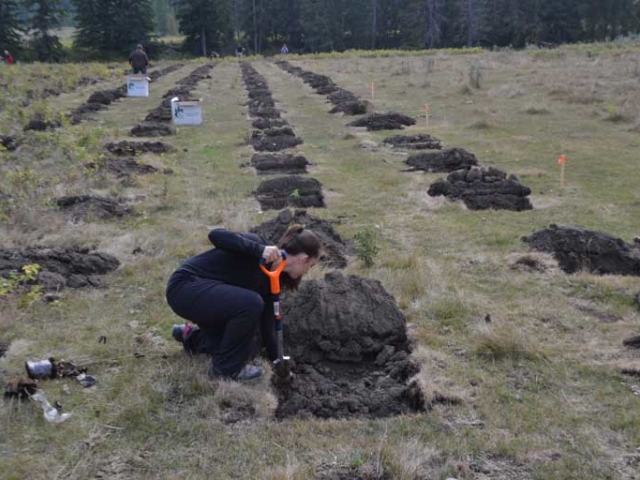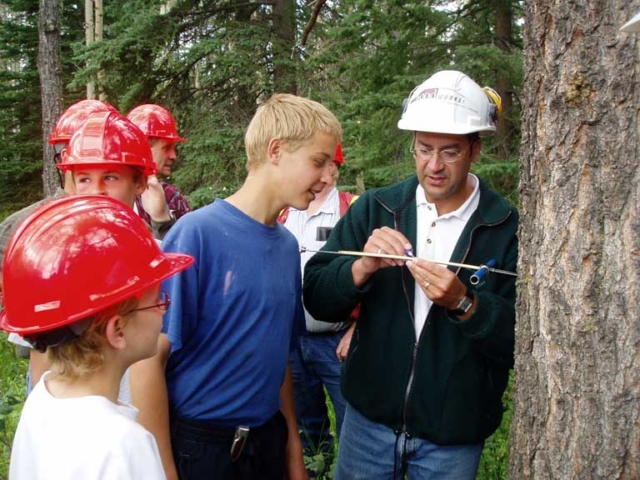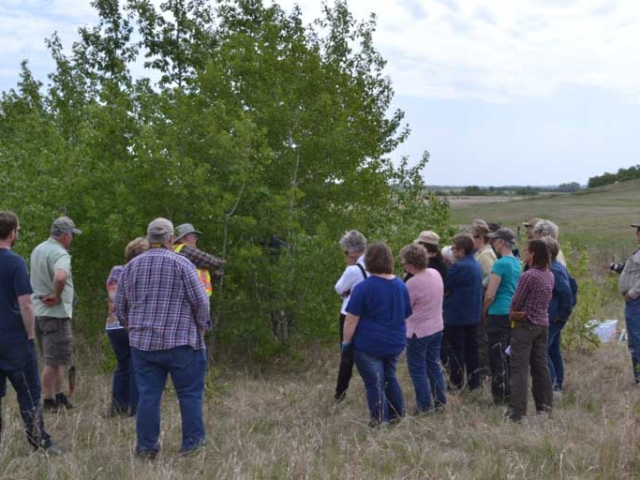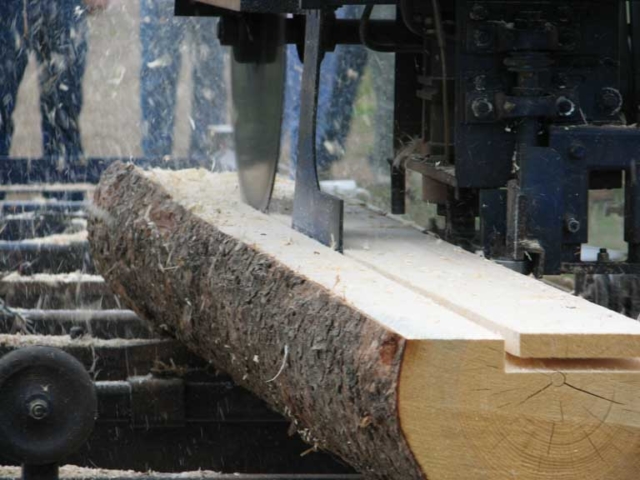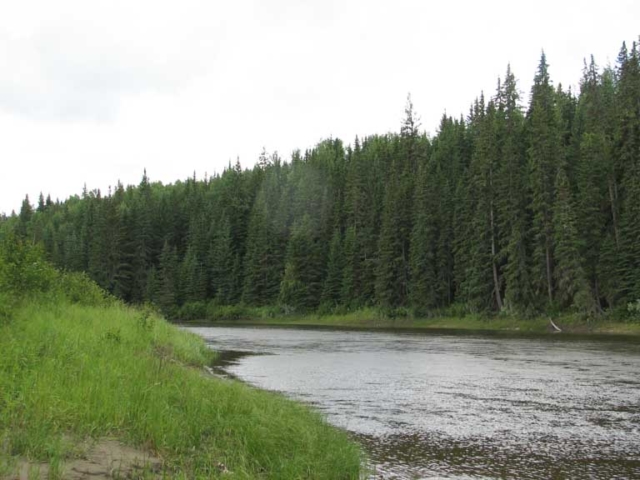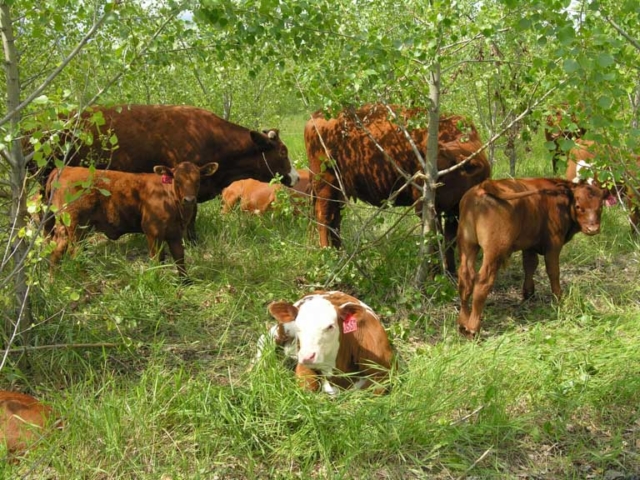Green on Green, and Other Reasons why you Cannot Find your Seedlings.
Hello, I’m Megan Andre, Executive Director with AWES.
Joining AWES just last summer, I’ve been around for about one year. It’s been a whirlwind coming up to speed with quite a few large projects in flight. Navigating this transition however, left planting season 2021 to fall into familiar habits. For me, that means riparian restoration planting. This style of planting has similarities to AWES signature Eco-Buffers, including increasing biodiversity by planting native tree and shrub at a high density. However, the structure and preparation of the linear Eco-Buffer are lost, and so are the trees… at least this is what we are hearing.
Reasons Why you Cannot Find your Seedlings:
Hold on, there are very good reason why you may not be able to easily spot your new little seedlings. In a healthy riparian zone, there are a lot of species that stay out of sight. This has to do with self preservation and/or opportunity. For our little native seedlings, it’s a bit of both. While walking through the riparian zone (the area where nearby water influences plant and animal habitat) it’s easy to spot some species and more difficult to see others.
1. Camouflage
Seedlings are very good at blending into their surrounding. Your basically looking for green on green. While there is a slight variation, you may start to think your eyes are playing tricks on you when you glance back and the tree you’ve found is now gone. Believe me, this is good. You don’t want to be walking through a lush creek-bed and spot a yellow unhealthy seedling. It’s better that they are blending in with the healthy vegetation around them. It’s better to protect them from browsing animals as well.
2. Size
One year seedlings are only about 20cm or 8″ tall. You’re tempted to ask “Why plant such a small tree?” Great question. The long answer to this one is enough to fill the blog post you’ll see later this fall. The short answer is Small Seedlings are Resilient. These little trees & shrubs will nearly double their height within the month of being planted. This growth extends below ground as well, helping these little seedlings reach for the sunlight, water, and nutrients they need. Their small size, like their ability to camouflage, helps them stay hidden. This is important, especially for native species like the Red Osier Dogwood. They depends on an established root system to withstand heavy brows pressure. It’s not easy being the ‘Ice-Cream‘ of the forest.
3. Location
AWES hires and works with skilled planters who specialize in agricultural, riparian, and infill planting. This requires a lot of skill and flexibility. When planting in a riparian area, our planters will keep in mind the needs of the species they are planting. This gives them the flexibility to read the site conditions and gives our seedlings the best chance for survival. You’ll quickly see that the best site condition for seedlings are a bit more difficult to navigate after a seasons growth. Riparian planting will see even more growth due to the increased availability of water and often nutrients in this habitat. In fact, at planting assessments along the Blindman River we found waist high reeds and native grasses. This abundance of growth indicates an ideal amount of water and abundance of nutrients for our seedlings.
4. Competition
Weeds, including the usual suspects like Canadian Thistle and Common Tansy can out compete seedlings. Our planter will avoid areas where weeds are present. When planting in areas with an established weed seed bank we’ve seen total loss of seedlings due to competition. Some other areas that will be avoided include: close to fencing where livestock may reach over and graze seedlings; areas of steep soil difficult to navigate; highly compacted soils that are difficult to plant in are also difficult for root growth.
5. Browse
Seedlings are tender, nutritious, and delicious. When planting in areas where these traits are rare, seedlings may be the very short lived. It’s important to consider control of pests prior to planting in areas with increased pressure from rodents, livestock, or wildlife. This is doubly important in areas where new seedlings stand out as the only young, tender vegetation. *Mulch will provide protection from harsh environmental conditions (intense heat or lack of moisture). Mulch will also provide protection for rodents who enjoy feeding on your seedlings. If chemical control isn’t your jam, try predator perches. A Barred Owl can protect a surprisingly large area.


